There's a neat trick to solving this. Imagine that we took the n balls and m − 1 boxes and put them in a row of length n + m − 1 (with the boxes mixed up among the balls). Then put each ball in the box to its right, and add an mth box at the right that gets any balls that are left over.

This yields an arangement of n balls in m boxes.

It is easy to see that there are the same number of arrangements of n balls in sequence with m − 1 boxes (the first picture) as there are arrangements of n balls in m boxes. (To go one way, put each ball in the box to its right; to go the other way, each box empties the balls into the positions to its left.) Each arrangement in the first picture is determined by the positions where we put the boxes. There are m − 1 boxes and n + m − 1 positions, so there are n + m − 1Cm − 1 ways to do that.
So you just need an ordinary combinations algorithm (see this question) to generate the possible positions for the boxes, and then take the differences between successive positions (less 1) to count the number of balls in each box.
In Python it would be very simple since there's a combinations algorithm in the standard library:
from itertools import combinations
def balls_in_boxes(n, m):
"""Generate combinations of n balls in m boxes.
>>> list(balls_in_boxes(4, 2))
[(0, 4), (1, 3), (2, 2), (3, 1), (4, 0)]
>>> list(balls_in_boxes(3, 3))
[(0, 0, 3), (0, 1, 2), (0, 2, 1), (0, 3, 0), (1, 0, 2), (1, 1, 1), (1, 2, 0), (2, 0, 1), (2, 1, 0), (3, 0, 0)]
"""
for c in combinations(range(n + m - 1), m - 1):
yield tuple(b - a - 1 for a, b in zip((-1,) + c, c + (n + m - 1,)))

